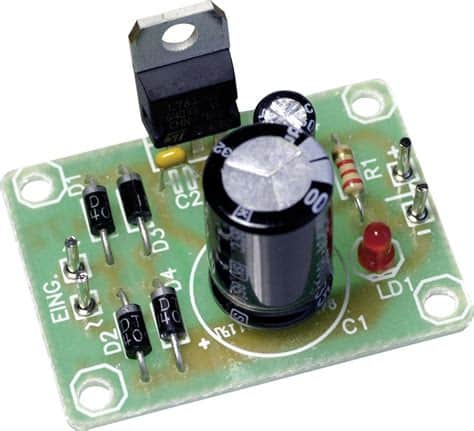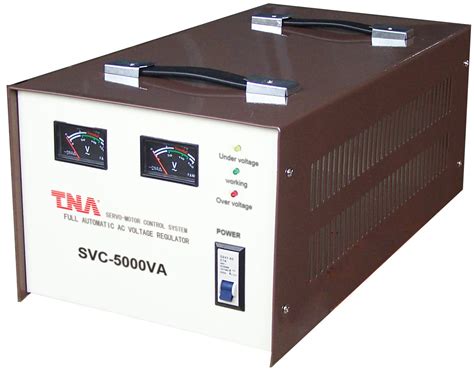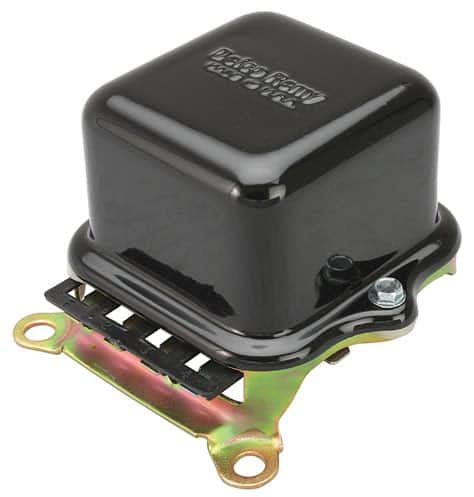What is a 7809 Voltage Regulator?
A 7809 voltage regulator is a three-terminal positive voltage regulator that maintains a constant output voltage of 9V, regardless of fluctuations in the input voltage or load current. It is part of the 78xx series of fixed linear voltage regulators, which are available in various output voltages ranging from 5V to 24V.
Features of the 7809 Voltage Regulator
- Fixed output voltage of 9V
- Output current up to 1A
- Input voltage range: 11V to 35V
- Built-in overload and short-circuit protection
- Thermal shutdown to prevent overheating
- Low quiescent current
- Simple to use and integrate into circuits
7809 Voltage Regulator Specifications
| Parameter | Value |
|---|---|
| Output Voltage | 9V |
| Output Current (Maximum) | 1A |
| Input Voltage Range | 11V-35V |
| Line Regulation | 0.01%/V |
| Load Regulation | 0.1% |
| Quiescent Current | 5mA |
| Ripple Rejection | 70dB |
| Operating Temperature Range | 0°C-125°C |

How Does a 7809 Voltage Regulator Work?
A 7809 voltage regulator works by using a combination of internal reference voltage, error amplifier, and pass transistor to maintain a constant output voltage. The internal reference voltage is set to 9V, and the error amplifier compares this reference voltage with a fraction of the output voltage. If there is a difference between the two, the error amplifier adjusts the pass transistor’s conductivity to maintain the desired output voltage.
Block Diagram of a 7809 Voltage Regulator
┌───────────────────────────────────────────────────────────────────┐
│ │
Input ──┬─┴─┐ ┌───┴─── Output
│ │ │
│ │ ┌─────────────────┐ ┌──────────────┐ ┌──────────────┐ │
│ └───┤ Internal Ref. ├───┤ Error ├───┤ Pass ├─┘
│ │ (9V) │ │ Amplifier │ │ Transistor │
│ └─────────────────┘ └──────────────┘ └──────────────┘
│ │
│ │
└─────────────────────────────────────┘
│
│
├─── Ground

Applications of the 7809 Voltage Regulator
The 7809 voltage regulator is suitable for a wide range of applications where a stable 9V supply is required. Some common applications include:
- Battery-powered devices
- Automotive electronics
- Industrial control systems
- Audio equipment
- Sensor circuits
- Microcontroller-based projects

Using a 7809 Voltage Regulator in Your Projects
To use a 7809 voltage regulator in your projects, follow these steps:
- Ensure that the input voltage is at least 2V higher than the desired output voltage (9V) to account for the dropout voltage.
- Connect the input voltage to the input pin of the 7809 (pin 1).
- Connect the ground pin of the 7809 (pin 2) to the common ground of your circuit.
- Connect the output pin of the 7809 (pin 3) to the load or circuit that requires the regulated 9V supply.
- It is recommended to use capacitors at the input and output of the 7809 to improve stability and reduce noise. A typical configuration is a 0.33μF capacitor at the input and a 0.1μF capacitor at the output.
Basic Circuit Diagram
┌────────────────────────────────────┐
│ │
┌─────┴─────┐ ┌────┴─────┐
│ 7809 │ │ │
┌───┬─────┤IN OUT ├──────────────────────────┤ Load │
Input ─────┤ + │ │ │ │ │
└─┬─┘ │ GND │ └────┬─────┘
│ └─────┬─────┘ │
─── ─── ───
0.33μF ─── ─┴─ 0.1μF │
│ │
│ │
└───────────────────────────────────────────────────┘
GND
Frequently Asked Questions (FAQ)
- What is the difference between a 7809 and a 7909 voltage regulator?
-
A 7809 is a positive voltage regulator that provides a fixed output of 9V, while a 7909 is a negative voltage regulator that provides a fixed output of -9V.
-
Can I use a 7809 voltage regulator with an input voltage lower than 11V?
-
While it is possible to use a 7809 with an input voltage lower than 11V, it is not recommended as the regulator may not function properly or provide the desired output voltage. Ensure that the input voltage is at least 2V higher than the desired output voltage for optimal performance.
-
What is the maximum output current of a 7809 voltage regulator?
-
The maximum output current of a 7809 voltage regulator is 1A. However, it is essential to consider the power dissipation and thermal management of the regulator when operating at high currents.
-
Do I need to use capacitors with a 7809 voltage regulator?
-
While not strictly necessary, it is highly recommended to use capacitors at the input and output of the 7809 to improve stability, reduce noise, and prevent oscillations. A typical configuration is a 0.33μF capacitor at the input and a 0.1μF capacitor at the output.
-
Can I adjust the output voltage of a 7809 voltage regulator?
- No, the output voltage of a 7809 is fixed at 9V and cannot be adjusted. If you require an adjustable output voltage, consider using an adjustable voltage regulator like the LM317.
Conclusion
The 7809 voltage regulator is a reliable and easy-to-use component for providing a stable 9V supply in various electronic projects. By understanding its features, specifications, and application requirements, you can effectively integrate the 7809 into your circuits and ensure optimal performance. Always consider factors such as input voltage range, output current, and proper Capacitor Selection when using the 7809 voltage regulator.

No responses yet